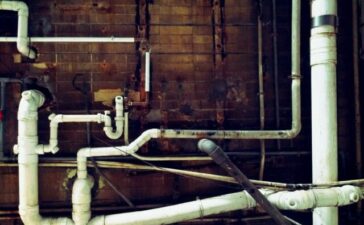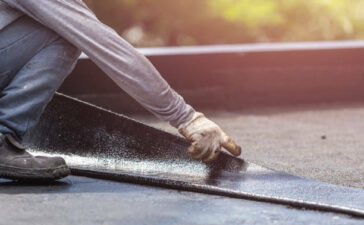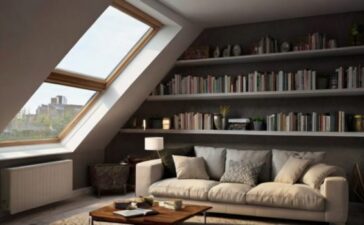One of the best and most scary decisions you’ll make is when you decide to buy a house. Not only do you have to focus on finding the best one for you, but you also need to make sure you take into consideration all the additional expenses that are going to come up once you get into the process.
It may look like a fairly straightforward process when you first start out, but you can get quickly overwhelmed unless you’re aware of all the other charges that follow when you buy your first home.
In this blog, we’re going to make life easier for you by helping you budget accordingly, so you don’t end up feeling like you’re in over your head. No house you buy is going to be perfect, and you’re going to have to spend money on renovation and repairs to make the place perfect and comfortable for you.
Without further ado, let’s get into the basics of budgeting and what you’ll need to keep in mind when setting the budget for renovation and repairs in your future home – let’s get started.
1. Prioritize the main projects
First things first, you’re going to have to prioritize the main projects when setting the budget for all the repairs and maintenance that the new house is going to need. The reason for this is that you’ll be able to get a better estimate of how much you’ll need to spend immediately on home renovation as soon as you make the purchase.
By doing so, you’ll be able to manage your finances better. It’s also advisable to understand how you can calculate home affordability by taking into consideration the initial budget you’ll be spending on home renovation and repairs.
The main, important home renovation projects would usually consist of structural home renovations – this could include renovations that are done to the foundation, structure, flooring, ceiling, and other major parts of the home.
The reason why this is the first expense you should take into consideration is because this is going to cost you more than the other expenses that come up during renovation. It’s also likely that you won’t be able to put off these renovations for very long, since you’ll need to get it done before you move in.
2. Categorize the other renovations
Once you’ve set a budget for the main renovations, you’ll need to start planning for the other repairs. This would be easier if you categorized it, based on what’s most important and what can be put off until a later time.
For instance, the plumbing, electrical work, and heating and cooling of the home are likely to be more important than other renovations that are done for aesthetics. Based on the factors that stand out to you, you’ll be able to categorize your list of renovations into two lists, such as “Urgent” and “Would be nice to have”.
3. Don’t forget the minor renovations
To turn your first house into your first home, you’ll need to also focus on making the little changes around the place that makes it feel like it’s truly yours. This could be interior decor changes, new paint, appliances, lighting, window treatments, refurbishing old furniture and wooden fixtures, and whatnot.
Though this seems fairly small, it can end up costing quite a bit – especially if you intend on painting the entire house. That’s why it’s important to also add this into your budget, even though it won’t be the first priority as soon as you begin renovation work.
Once you’ve added these 3 categories into your budget, you’ll be able to get an approximate estimate of how much you should set aside for home repairs and renovation when you’re buying a new home.





